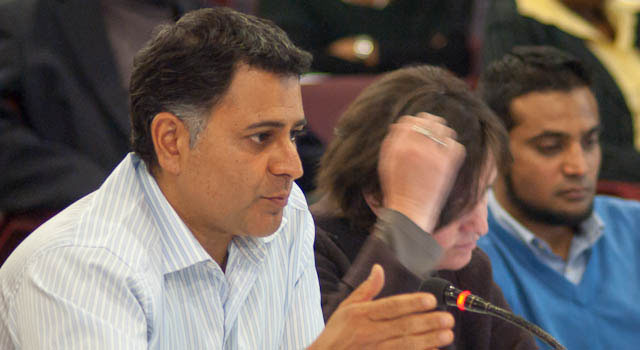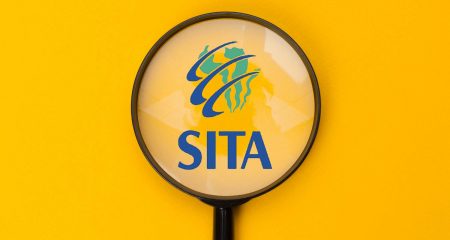
Black-owned investment company Kagiso Media would like to launch both subscription and free-to-air television services but will only do so if the Independent Communications Authority of SA (Icasa) crafts digital terrestrial broadcasting regulations to create an environment conducive to newcomers to the industry.
Kagiso already has stakes in a range of radio stations, including Jacaranda FM and East Coast Radio. It is also a big player online through the Web portal Howzit MSN, a partnership with Microsoft.
Omar Essack, CEO of broadcasting at Kagiso Media, says there isn’t a level playing field in television and the media group would only consider bidding for a television broadcasting licence if the “context” was “right” and would not equate to “throwing money down a hole”.
Essack made the comments to TechCentral at the public hearings into Icasa’s draft digital terrestrial television (DTT) regulations being held in Johannesburg this week.
The SABC argued earlier this week that new rivals should not be licensed until SA has switched off analogue broadcasts, something that is unlikely to happen for at least another couple of years. The public broadcaster argued that Icasa had to protect it to ensure its sustainability and because newcomers would not be subject to the burdens of “dual illumination”, the period during which both analogue and digital broadcasts will coexist.
But Essack says the “handicap” of dual illumination pales when compared to the historical entrenchment of incumbent broadcasters, their existing audiences and content catalogues, as well as the brand awareness they enjoy.
Kagiso argues that new players should be introduced as soon as possible because of the challenges of competing against incumbents that have enormous content catalogues, strong brands, dedicated audiences and the advantage of decades without meaningful competition.
Essack says Kagiso wants Icasa to include various “pro-competitive measures” as part of the final DTT regulations, including “interoperability of set-top boxes” to facilitate consumer choice and reduce barriers to entry.
Kagiso is also proposing “open-window” broadcasting periods for four years for new subscription-based broadcasters. It suggests two-hour daily periods where subscription services would be unencrypted, reminiscent of M-Net’s “Open Time”, which allowed consumers to sample subscription services.
In order to promote new market entrants, Kagiso also wants Icasa to adopt aggressive timelines for concluding the DTT regulations and issuing licenses. It says Icasa should engage the department of communication and Sentech to confirm that the opening of a third multiplex, which Kagiso supports, can be operational by the third quarter of next year. A multiplex is a chunk of radio frequency spectrum used for broadcasting.
Kagiso is of the view that 40% of the third multiplex should be made available to a single, black-owned player wanting to operate a subscription broadcast service because it says a newcomer needs “at least the equivalent allocation” as that of the incumbent terrestrial subscription TV broadcaster (namely, M-Net) if it is to be viable.
It wants capacity licensed in the first quarter of next year to allow for a third-quarter launch. Kagiso argues that undue delays would “reduce new players’ ability to compete effectively”.
Regarding free-to-air services, Kagiso says it supports allocating 50% of the third multiplex for this purpose. Various players have suggested that a market inquiry should be conducted into the feasibility of free-to-air services and, although Kagiso agrees with this, it says this inquiry should not be “overly prescriptive” and should be limited to the “creation of an appropriate market structure to support new licensees and services”.
Kagiso argues new free-to-air players could be operating by the end of 2014 — during the dual-illumination period — if Icasa moves swiftly. It argues that this is necessary to encourage consumer uptake of DTT services and digital set-top boxes by consumers.
In order to fast track the process, Kagiso wants Icasa to publish the time frames for licensing new free-to-air services to create a “predictable regulatory environment”.
Kagiso has expressed concerns that Icasa’s time frames are insufficiently aggressive and that this will allow incumbents to entrench themselves further. — (c) 2012 NewsCentral Media




